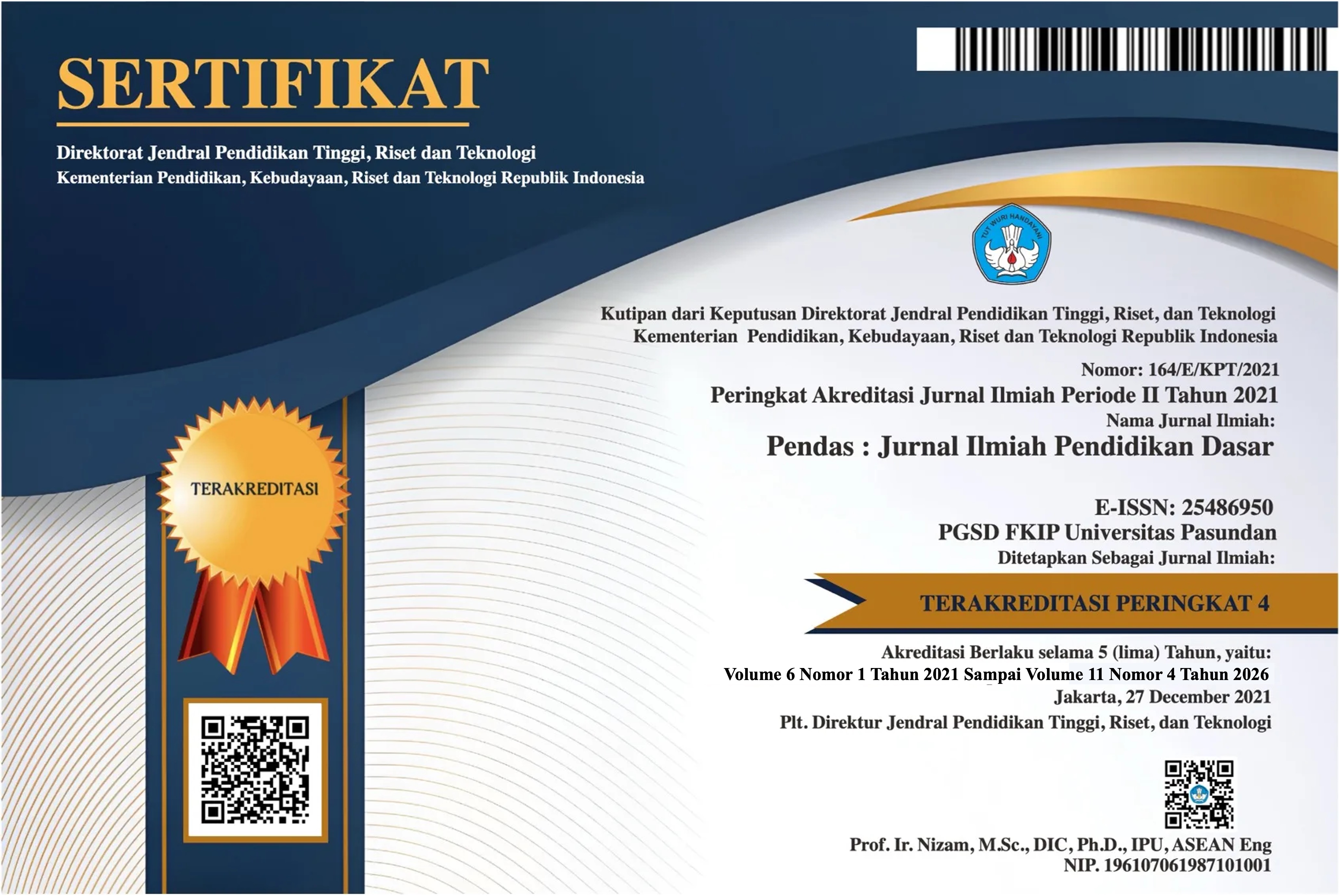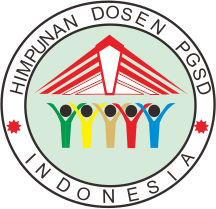STUDI DESKRIPTIF STRATEGI GURU MIPA (MATEMATIKA, FISIKA, KIMIA, BIOLOGI) DALAM IMPLEMENTASI METODE DRILL UNTUK MENINGKATKAN PENGUASAAN KONSEP DI SMA
DOI:
https://doi.org/10.23969/jp.v10i04.35196Keywords:
Science Teacher Strategy, Drill Method, Conceptual MasteryAbstract
ABSTRACT
A strong conceptual understanding of science (Mathematics, Physics, Chemistry, and Biology) is essential for high school students. However, many students struggle to translate theoretical understanding into practical problem-solving skills. Drills are often used to reinforce skills, but their implementation by science teachers varies, and their effectiveness in improving conceptual mastery requires further elaboration, beyond memorization. This study aims to describe the strategies employed by high school STEM teachers in implementing the drill method, to identify variations in its execution, and to analyze teacher’s perceptions of the method’s role in enhancing student’s conceptual understanding. A qualitative descriptive approach was adopted in this research. Data were collected through questionnaires administered to STEM subject teachers as the study’s participants. The data were analyzed using procedures involving data collection, data presentation, and conclusion drawing. The drill strategies most commonly implemented by STEM teachers include varied problem sets that target conceptual understanding (rather than mere calculations), immediate feedback, and the use of technology for adaptive practice. Teachers tend to incorporate drill activities during the final phase of instruction. It was found that teachers who successfully linked drill exercises to real-world contexts demonstrated more significant improvements in their students’ conceptual mastery. The main challenges include preventing student boredom and avoiding an excessive focus on speed at the expense of understanding. The findings of this study suggest the need for professional development programs for STEM teachers that focus on innovative and contextually integrated drill strategies.
Keywords: Science Teacher Strategy, Drill Method, Conceptual Mastery
ABSTRAK
Penguasaan konsep yang kuat dalam mata pelajaran MIPA (Matematika, Fisika, Kimia, Biologi) merupakan hal yang penting bagi siswa SMA. Namun, banyak siswa kesulitan mengubah pemahaman teoretis menjadi kemampuan memecahkan masalah praktis. Metode drill (latihan berulang) sering digunakan untuk memperkuat keterampilan, tetapi penerapannya oleh guru MIPA bervariasi dan efektivitasnya dalam meningkatkan penguasaan konsep perlu dideskripsikan lebih lanjut, bukan hanya sebagai penghafalan. Penelitian ini bertujuan untuk mendeskripsikan strategi yang digunakan oleh guru MIPA di SMA dalam mengimplementasikan metode drill, mengidentifikasi variasi pelaksanaannya, serta menganalisis persepsi mereka terkait peran metode ini dalam meningkatkan penguasaan konsep siswa. Penelitian ini menggunakan pendekatan deskriptif kualitatif. Data dikumpulkan melalui angket penelitian yang diberikan kepada guru mata pelajaran MIPA sebagai subjek penelitian. Analisis data dilakukan dengan teknik pengumpulan data, penyajian data, dan penarikan kesimpulan. Strategi drill yang paling sering diimplementasikan guru MIPA meliputi variasi soal yang menargetkan pemahaman konsep (bukan hanya perhitungan), umpan balik segera, dan penggunaan teknologi untuk latihan adaptif. Guru cenderung mengintegrasikan drill pada tahap akhir pembelajaran. Ditemukan bahwa guru yang berhasil mengaitkan drill dengan konteks dunia nyata menunjukkan peningkatan penguasaan konsep yang lebih signifikan pada siswanya. Tantangan utamanya adalah menghindari kebosanan siswa dan fokus pada kecepatan daripada pemahaman. Implikasi penelitian ini menyarankan perlunya pelatihan profesional bagi guru MIPA mengenai strategi drill yang inovatif dan terintegrasi secara kontekstual.
Kata Kunci: Strategi Guru MIPA, Metode Drill, Penguasaan Konsep
Downloads
References
Anderson, L. W., & Krathwohl, D. R. (Eds.). (2001). A taxonomy for learning, teaching, and assessing: A revision of Bloom's taxonomy of educational objectives. Longman.
Bruner, J. S. (1960). The process of education. Harvard University Press.
Creswell, J. W. (2012). Educational research: Planning, conducting, and evaluating quantitative and qualitative research (4th ed.). Pearson Education.
Fraenkel, J. R., Wallen, N. E., & Hyun, H. H. (2012). How to design and evaluate research in education (8th ed.). McGraw-Hill Education.
Joyce, B., Weil, M., & Calhoun, E. (2009). Models of teaching (8th ed.). Pearson.
Kemendikbud. (2017). Permendikbud No. 22 Tahun 2016 tentang Standar Proses Pendidikan Dasar dan Menengah. Kementerian Pendidikan dan Kebudayaan.
Miles, M. B., Huberman, A. M., & Saldaña, J. (2014). Qualitative data analysis: A methods sourcebook (3rd ed.). SAGE Publications.
Ningsih, R., & Wahyuni, S. (2020). Pengaruh metode drill terhadap hasil belajar matematika siswa kelas VIII SMP. Jurnal Pendidikan Matematika Indonesia, 5(2), 110–118.
Putri, A. R., & Haryani, S. (2021). Penggunaan drill berbasis ICT untuk meningkatkan penguasaan konsep kimia siswa SMA. Jurnal Inovasi Pendidikan Kimia, 15(1), 12–20.
Rosenshine, B. (2012). Principles of instruction: Research-based strategies that all teachers should know. American Educator, 36(1), 12–19.
Downloads
Published
Issue
Section
License
Copyright (c) 2025 Pendas : Jurnal Ilmiah Pendidikan Dasar

This work is licensed under a Creative Commons Attribution 4.0 International License.


















